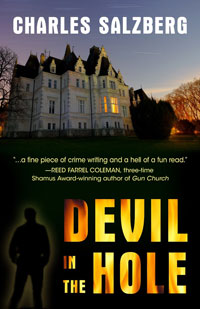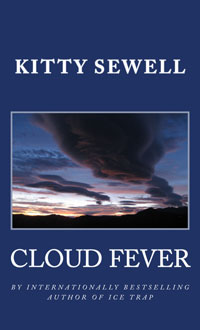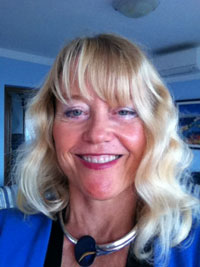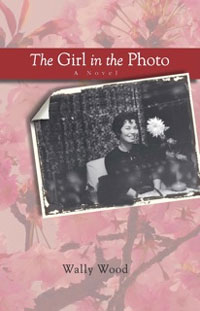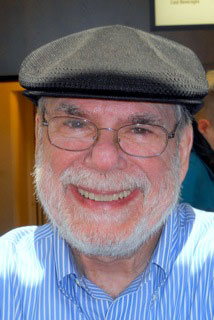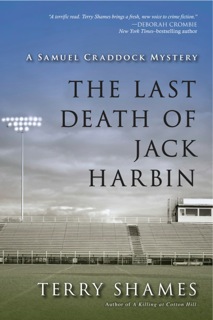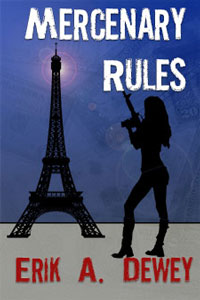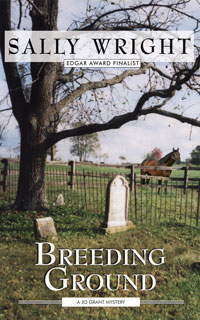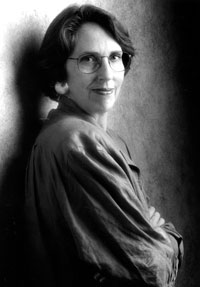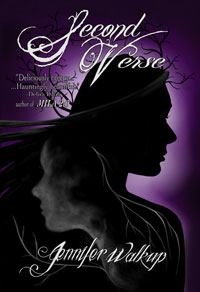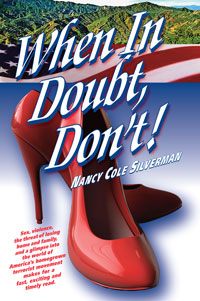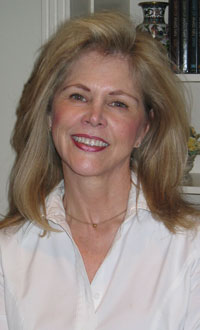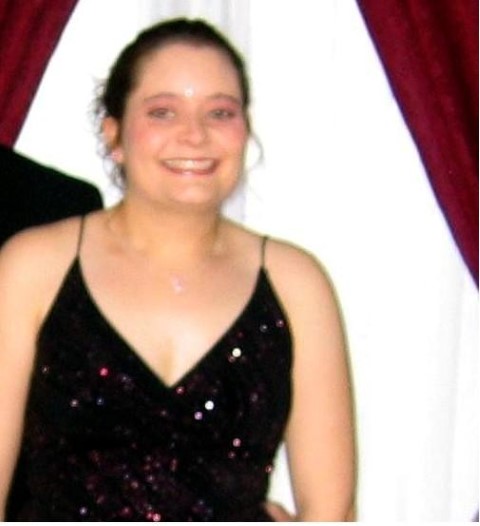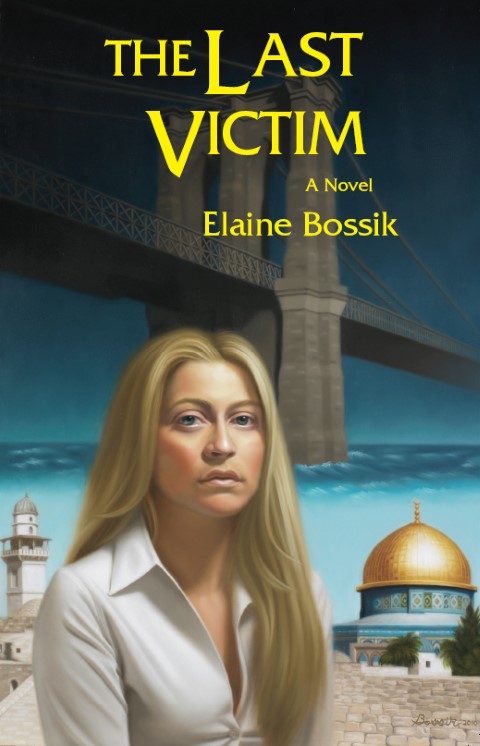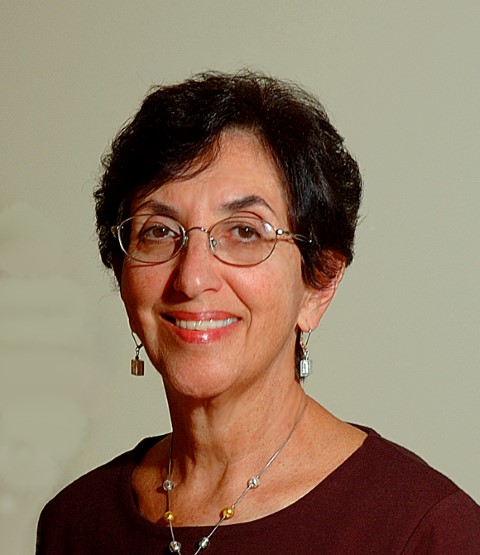Guest Post: Charles Salzberg
Let’s face it, this writing life can be hard. Really hard. We writers get faced with rejection from the moment we start. Sometimes before we even start, someone tries to cut us off at the knees. That’s why we need to be connected to those who have gone before–Dennis Lehane calls this “sending the elevator down”. And why we need writing mentors and supports in our lives. I’d like to welcome Charles Salzberg back to the blog. Charles has been a mentor to me as a writer, and has shared his first moment and second moment right here. Today he’s got something a little different, a story about a writer who nearly got struck down before he’d even begun. And some perspective on why the writer never should’ve listened.
Next time someone tries to cut you off at the knees? Tell ‘em Charles told you to stand tall.
The other day I got to the class I teach a little early and one of my long-time students, a wonderful writer who has just about completed his fascinating memoir chronicling twenty years of addiction while living (and scoring) primarily in Brooklyn and the East Village, was sitting there. I asked him if there was any progress on his book—he’d just started sending it out to agents after already having some interest from editors. And rightly so. His voice is unique, even if his story isn’t. But through his tales of the trials and tribulations of being hooked on just about everything from cocaine to heroin, you not only get to see what and who an addict really is, but how one can live at least the semblance of a “normal” life.
“I got my first rejection. They said that for a book like this, you’d have to be famous. That no one’s publishing memoirs of unknown people anymore.”
“That’s ridiculous,” I said. “Lots of memoirs are written by unknowns and besides, there are famous people who run through your book.”
I gave him a pep talk and then class started. But I couldn’t get what he said out of my mind because I hear it all the time. “You can’t do this.” “No one is buying that anymore.”
My advice to writers is simple: Ignore those kinds of comments. Don’t ever let anyone tell you what you can’t do or shouldn’t do or better not do. It’s something I (and other writers) have heard throughout our careers and if we listened to it, we wouldn’t write. To me, it’s just a lazy shorthand way of dismissing work before actually reading it and judging it on its own merits, because as far as I’m concerned good writing can overcome any rules.
When I wrote my first novel, Swann’s Last Song, I broke the cardinal rule of detective/mystery writing. My protagonist, Henry Swann, follows a long trail of clues and yet, at the end, does not solve the crime. “You can’t have a detective novel where the detective doesn’t solve the crime,” I was told over and over again. Finally, after 25 years, I changed the ending and sold the book. But it doesn’t end there. When the book came out in paperback I included my original ending, and not to my surprise everyone who read both endings preferred my original.
The same thing happened to me with my latest novel, Devil in the Hole, which is told from the perspective of at least two dozen people. That means that practically every chapter is told in the first person voice of a different character. When I sent it out to agents and a few editors, I got pretty much the same reaction, “great story, great writing, but we can’t publish a book with so many characters telling the story. The reader will get confused.”
I knew they were wrong and when I sent the ms. to my present publisher, Five-Star, they loved it. It was published in August and in the almost two dozen reviews I’ve received since then, not one person has complained about being confused by the multiple narrators. Not only that, readers seem to love the way the book is structured. So much for the wisdom of professionals.
The bottom-line is, you have to trust your instincts. If you’re a good enough writer you can make anything old new and make anything unworkable work. Once you realize that, you’ll pretty much have your own “made it moment.”
Charles Salzberg is a New York-based novelist, journalist and acclaimed writing instructor.
His new novel, Devil in the Hole, a work of literary crime fiction based on the notorious John List murders, is on the shelves now. He is also the author of the Henry Swann detective series: Swann’s Last Song, which was nominated for a Shamus Award for Best First PI Novel; Swann Dives In; and the upcoming Swann’s Lake of Despair.

